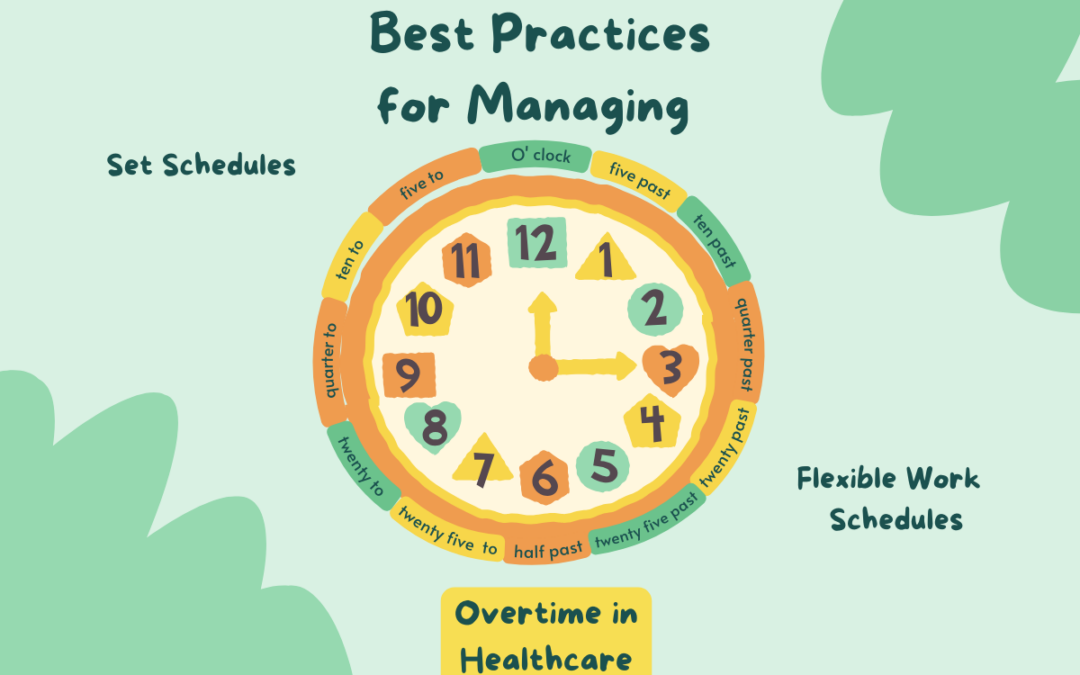Managing overtime in healthcare is essential for maintaining staff well-being, ensuring patient safety, and preserving financial margins. Here are some best practices for effectively managing overtime in healthcare settings:
- Develop a Workforce Management Strategy
A comprehensive Workforce Management Strategy (WFM) is vital. This involves assessing staffing needs, forecasting demand, and creating flexible scheduling options. Utilizing workforce management software can help in predicting staffing needs and preventing unnecessary overtime.
- Set Predictable Schedules
Predictable schedules help reduce unexpected overtime. By clearly defining regular and overtime hours, healthcare facilities can plan shifts that minimize the need for overtime while still covering patient care requirements.
- Prioritize Workload Management
Efficient workload management is crucial. Prioritizing tasks and ensuring that the most critical work is completed first can help manage time effectively and reduce the reliance on overtime.
- Utilize Flexible Work Arrangements
Offering flexible work arrangements, such as part-time shifts or job sharing, can help manage staff fatigue and improve job satisfaction, thereby reducing the need for overtime.
- Monitor and Analyze Overtime Patterns
Regularly monitoring and analyzing overtime patterns can provide insights into recurring issues. By understanding the root causes of overtime, healthcare administrators can implement targeted strategies to address them.
- Communicate and Set Clear Expectations
Clear communication and setting expectations with staff regarding overtime policies and procedures can help manage their workload better and reduce misunderstandings that lead to unnecessary overtime.
- Provide Adequate Resources and Training
Ensuring that staff have the necessary resources and training to perform their duties efficiently can reduce the time required to complete tasks, thereby minimizing the need for overtime.
Implementing these best practices can lead to a more efficient and satisfied workforce, ultimately improving patient care and operational efficiency in healthcare facilities.
